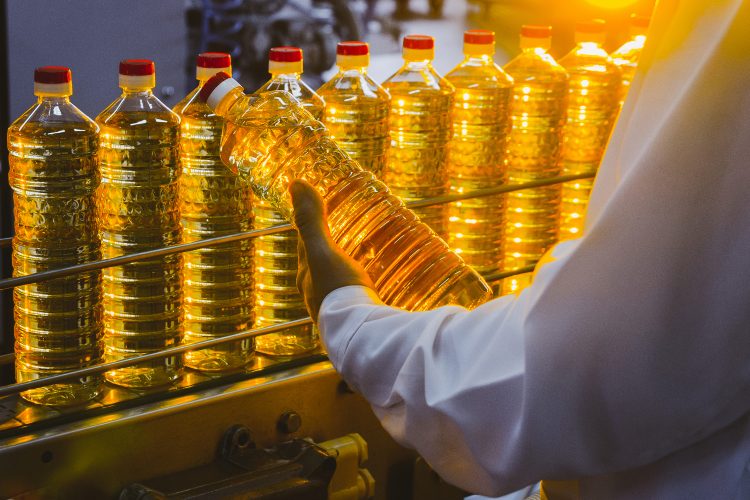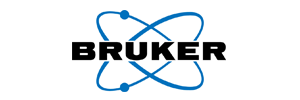Need for Speed: Testing Edible Oils & Fats with FT‑NIR Spectroscopy
- Like
- Digg
- Del
- Tumblr
- VKontakte
- Buffer
- Love This
- Odnoklassniki
- Meneame
- Blogger
- Amazon
- Yahoo Mail
- Gmail
- AOL
- Newsvine
- HackerNews
- Evernote
- MySpace
- Mail.ru
- Viadeo
- Line
- Comments
- Yummly
- SMS
- Viber
- Telegram
- Subscribe
- Skype
- Facebook Messenger
- Kakao
- LiveJournal
- Yammer
- Edgar
- Fintel
- Mix
- Instapaper
- Copy Link


Traditional analyses are usually performed using standardized chemical and physical methods, which are often time-consuming and involve high operating costs, such as chromatographic techniques. These often require hazardous solvents and reagents that can pose health risks and increase disposal costs.
Near Infrared Spectroscopy (NIR) on the other hand is fast, cost-effective and safe to use, even for untrained personnel, as no sample preparation is required. It has been a well-established technique in the agricultural sector for decades and is today an important element of quality control in the food industry.
Bruker’s solutions for the edible oil industry
Dagmar Behmer explains how FT-NIR spectroscopy works and give an overview on Bruker’s rugged FT-NIR analyzers. The portfolio ranges from small footprint, touch screen operated analyzers to fully automated in-process systems for the analysis of oilseeds and finished oils throughout the entire manufacturing process.
FT-NIR spectroscopy will not only analyze the general composition of the oil to know if it is fit-for-purpose for the given task and if the quality is according to the standards. It can also determine oxidation parameters to assess the determination of shelf life of the product. Dedicated examples like the analysis of olive oils, frying fats and marine oils will be featured.
How Lesieur implemented FT-NIR in their daily routine
Lesieur is a centenary French company which produces a variety of vegetable oils and condiment sauces across its many factories. A tight quality control which gives you instant feedback on the key parameters is essential for making fast decisions on how to proceed with the product at each processing step. Also, the detection of adulteration to ensure there are no traces of previously bottled oils in the current bottle is crucial. Mickael Watiez shows how Lesieur is today using FT-NIR for an array of applications along their production.
Validating FT-NIR methods for the routine use
Mickael Watiez and Dagmar Behmer illustrate which norms are already available and show examples to how to validate FT-NIR methods for the routine use in your lab and in the process.
Key Learning Points
- Discover Bruker’s portfolio of analytical solutions for the edible oil industry.
- Learn how FT-NIR can be utilized for analyzing quality and authenticity of edible oils & fats in the lab as well as online.
- See how Lesieur implemented FT-NIR spectroscopy in their daily routine analysis.
- Get an insight on how to validate spectroscopic methods for the routine use.
Who should attend?
The webinar appeals to anybody involved in quality control of edible oils & fats, but also oilseeds in the laboratory or production floor. It will also be relevant to people working in the food industry using oils and fats in their production process.
Register
Register for this webinar
Speakers


Recognized for his skills in the development of rapid analytical methods, he knows how to make his expertise available to the factories of the Avril Group in order to improve the productivity of processes and laboratories.
In addition, Mickael is a player in ISO standardization as project manager and head of the French delegation to the ISO committee.


Before joining Bruker in 2000, she began her professional career as a QC manager in the GC lab of a multinational specialty gas company. Today, she is looking back on more than 25 years of experience with FT-NIR spectroscopy, focusing on food and agricultural applications and edible oils & fats in particular.
Dagmar published several papers on olive oil and frying fats as well as book chapters on non-destructive analysis of food with FT-NIR spectroscopy. She is member of AOCS, DGF and GOED.
Related topics
Food Fraud, Food Safety, Health & Nutrition, Lab techniques, Quality analysis & quality control (QA/QC)









